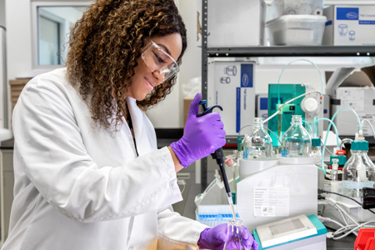Method Transfer – When, Why, How?
By Tammy Thompson-Madsen, Singota Solutions

In the lifecycle of a pharmaceutical product, from research and development to commercial production, analytical procedures are used to assess the identity, quality, purity, and potency. While one laboratory may develop an analytical method, another laboratory may validate the method to ensure robustness and reliability, and different laboratories may be tasked with the testing for stability or release of the product. As a validated method is incorporated into a new area or location, formal method transfer activities should be performed to ensure the results are reliable, accurate, and comparable between testing sites.
A formal method transfer is an exercise that demonstrates and documents that a method has been successfully qualified in another laboratory to provide accurate and repeatable results. Additionally, this documentation is often requested by inspectors or auditors during routine assessments. This article explores what a formal method transfer is and the steps involved: protocol, execution, report, and SOP.
Get unlimited access to:
Enter your credentials below to log in. Not yet a member of Drug Discovery Online? Subscribe today.
